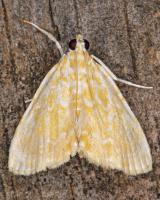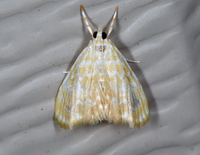
| Recorded by: Jim Petranka on 2024-07-14
Madison Co.
Comment: | 
| Recorded by: David George, Jeff Niznik on 2024-07-08
Chatham Co.
Comment: |
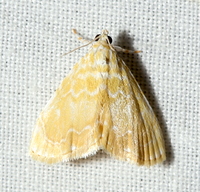
| Recorded by: David George on 2024-07-04
Chatham Co.
Comment: | 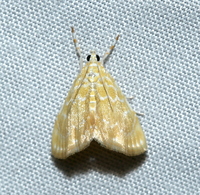
| Recorded by: David George, Jeff Niznik, Stephen Dunn on 2024-06-29
Chatham Co.
Comment: |
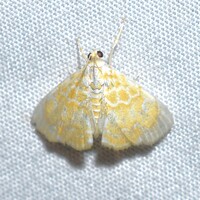
| Recorded by: Jeff Niznik on 2024-06-26
Orange Co.
Comment: | 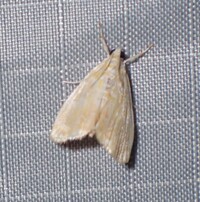
| Recorded by: Stefanie Hedrick on 2024-06-25
Moore Co.
Comment: |
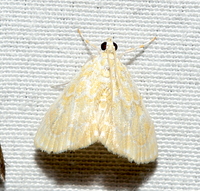
| Recorded by: David George, Stephen Dunn, Jeff Niznik, Patrick Coin on 2024-06-22
Chatham Co.
Comment: | 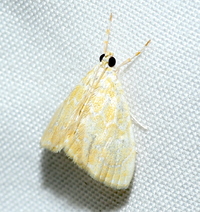
| Recorded by: David George, Stephen Dunn, Jeff Niznik, Patrick Coin on 2024-06-22
Chatham Co.
Comment: |

| Recorded by: K. Bischof on 2024-06-22
Transylvania Co.
Comment: | 
| Recorded by: Dean Furbish, Lior S. Carlson on 2024-06-18
Lincoln Co.
Comment: |
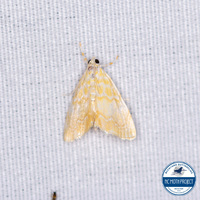
| Recorded by: Lior S. Carlson, Dean Furbish on 2024-06-17
Lincoln Co.
Comment: | 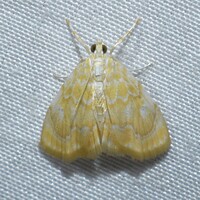
| Recorded by: David George, Stephen Dunn, Jeff Niznik on 2023-07-31
Macon Co.
Comment: |
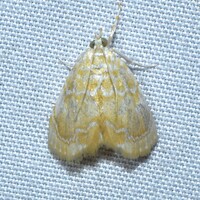
| Recorded by: David George, Stephen Dunn, Jeff Niznik, Rich Teper, Becky Watkins on 2023-07-30
Swain Co.
Comment: | 
| Recorded by: Stephen Dunn, Jeff Niznik on 2023-07-26
Chatham Co.
Comment: |
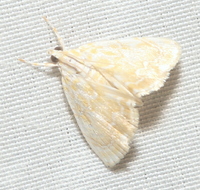
| Recorded by: David George, Jeff Niznik on 2023-07-24
Orange Co.
Comment: | 
| Recorded by: Michael P. Morales on 2023-07-22
Cumberland Co.
Comment: |
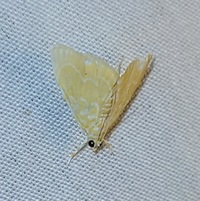
| Recorded by: Michael P. Morales on 2023-07-22
Cumberland Co.
Comment: | 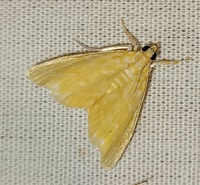
| Recorded by: Michael P. Morales on 2023-07-22
Cumberland Co.
Comment: |

| Recorded by: David George, Steve Hall, Stephen Dunn, Jeff Niznik, Rich Teper, Becky Watkins on 2023-07-22
Orange Co.
Comment: | 
| Recorded by: David George, Jeff Niznik on 2023-07-19
Durham Co.
Comment: |

| Recorded by: Jeff Niznik on 2023-07-16
Durham Co.
Comment: | 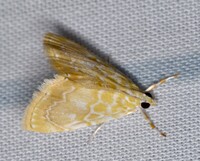
| Recorded by: David George, Stephen Dunn, Jeff Niznik on 2023-07-13
Orange Co.
Comment: |

| Recorded by: Jeff Niznik on 2023-07-12
Chatham Co.
Comment: | 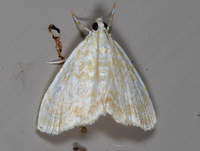
| Recorded by: Jim Petranka on 2023-07-10
Madison Co.
Comment: |
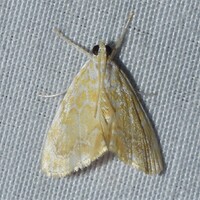
| Recorded by: David George, Jeff Niznik on 2023-07-09
Orange Co.
Comment: | 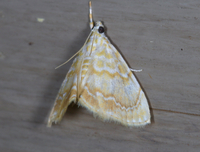
| Recorded by: Jim Petranka on 2023-07-08
Madison Co.
Comment: |
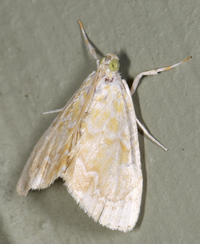
| Recorded by: John Petranka on 2023-07-07
Orange Co.
Comment: | 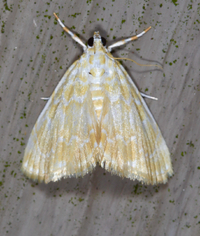
| Recorded by: Jim Petranka on 2023-07-06
Madison Co.
Comment: |
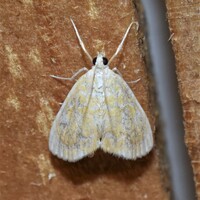
| Recorded by: David George, Stephen Dunn, Jeff Niznik on 2023-07-06
Orange Co.
Comment: | 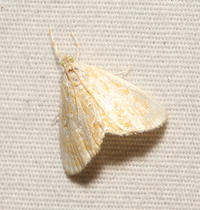
| Recorded by: David George, John Petranka on 2023-06-30
Orange Co.
Comment: |
|

 »
»
